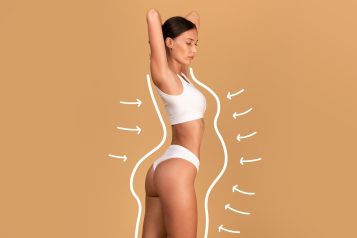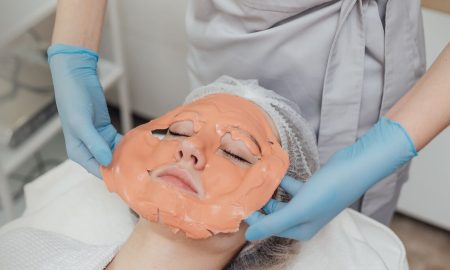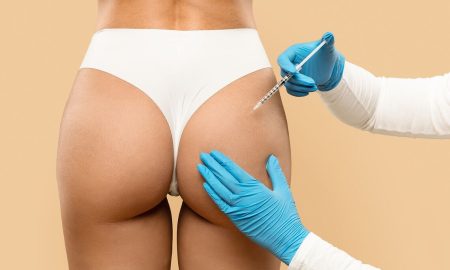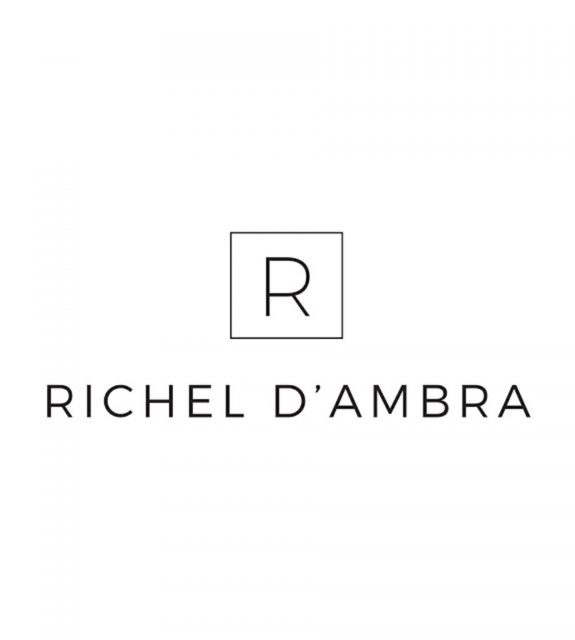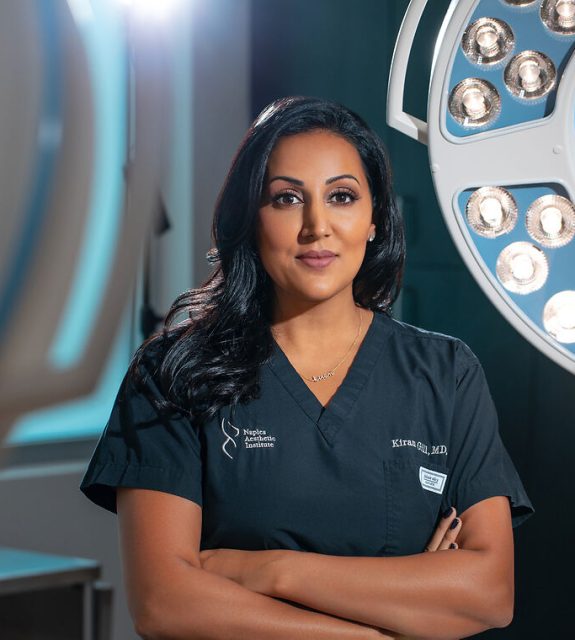 Photo Credit: Courtesy of Dr. Cameron Rokhsar
Photo Credit: Courtesy of Dr. Cameron Rokhsar
Non-surgical rhinoplasty is a minimally invasive cosmetic procedure that involves the use of injectable dermal fillers to reshape and improve the appearance of the nose without surgery. During the procedure, Dr. Cameron Rokhsar injects a dermal filler, usually composed of hyaluronic acid, or calcium hydroxyapatite into specific areas of the nose to alter its shape.
The dermal fillers work by adding volume to the nose or specific areas of the nose, smoothing out bumps or depressions, and improving symmetry and balance. The injection of dermal fillers can help correct a wide range of nose imperfections, including smoothing out small bumps, making the tip of the nose more prominent, lifting the tip, improving sideway deviations, refining the nose, correcting surgical rhinoplasty defects, and adding volume to the nose for those with flat bridges. Dermal fillers can be injected around any part of the nose to modify its shape, including the bridge, tip, and sides.
The procedure typically takes between 10 to 15 minutes and does not require sedation, incisions, or tissue removal. It is relatively painless, and patients can usually return to their normal activities immediately after the procedure. The results of non-surgical rhinoplasty are visible immediately and can last up to 18 months, depending on the type of filler used.
What is non-surgical rhinoplasty?
This is a medical aesthetic procedure that uses injectable fillers, such as hyaluronic acid ones like Restylane and Juvederm, or calcium hydroxyapatite, to alter and shape a person's nose without surgery. The procedure involves injecting the fillers into specific areas of the nose to fill in depressed areas, lift the angle of the tip, or smooth the appearance of bumps on the bridge.
The procedure is an outpatient one and can typically be done in 15 minutes or less. It is also a temporary solution, with results typically lasting up to six to eighteen months, depending on the type of filler used and how the individual's body responds to the treatment.
The person performing the non-surgical rhinoplasty must be an expert in the anatomy of the nose's bones, cartilage, and most importantly, the arteries. The nose is an essential part of one's appearance, and only the most highly trained and experienced surgeons should perform non-surgical rhinoplasty. Dr. Rokhsar was among the first in the world to do this procedure.
What fillers are used in non-surgical rhinoplasty?
The most commonly used fillers for non-surgical nose jobs are hyaluronic acid-based dermal fillers such as Restylane Lyft, Restylane Refyne, Restylane Defyne, Restylane L, and Juvéderm. These fillers are FDA-approved and safe for use in cosmetic procedures. Radiesse is another common one, especially for flat bridges like in Asians and African Americans.
The type of filler used in a non-surgical nose job depends on the individual's goals and the specific concerns they want to address. For example, if someone wants to address a bump on their nose, a thicker and more volumizing filler may be used to smooth out the contour. On the other hand, if someone wants to address a drooping tip, a filler with more lift capacity may be used. It's important to note that the results of a non-surgical nose job are temporary and can last between nine months to two years, depending on the type of filler used and the individual's metabolism.
What are the non-surgical rhinoplasty side effects?
Some common side effects include swelling, redness, mild bruising, and tenderness at the injection site, which typically resolves within a week or two. Too much volume or asymmetry can also occur as an unintended outcome.
While rare, serious complications can also occur, such as vascular occlusion or skin necrosis just like with fillers placed anywhere in the face, if the filler is injected into a blood vessel. That's why it's important to choose an experienced injector who is knowledgeable in the anatomy of the face and trained to handle any complications that may arise.
How long does non-surgical rhinoplasty last?
In general, the results of non-surgical rhinoplasty can last anywhere from 6 months to 2 years, with most patients experiencing results lasting around 1 year. However, it is important to note that this is a temporary solution to correct nasal imperfections, and the duration of the results may vary depending on the patient's circumstances.
While the results of non-surgical rhinoplasty are temporary, they can be quite long-lasting in some cases. Some patients report that the results last significantly longer than 9 months, and in rare cases, non-surgical rhinoplasty can last as long as 2 years. However, it is important to note that the duration of the results will depend on several factors, including the type of filler used, the amount injected, and the patient's physiology.



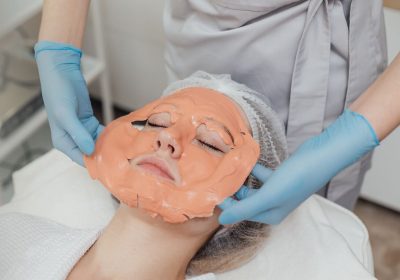



![Jay_Arora_Headshot_1[1]](https://hauteliving.com/hautebeauty/wp-content/uploads/2023/04/Jay_Arora_Headshot_11-357x238.jpg)
